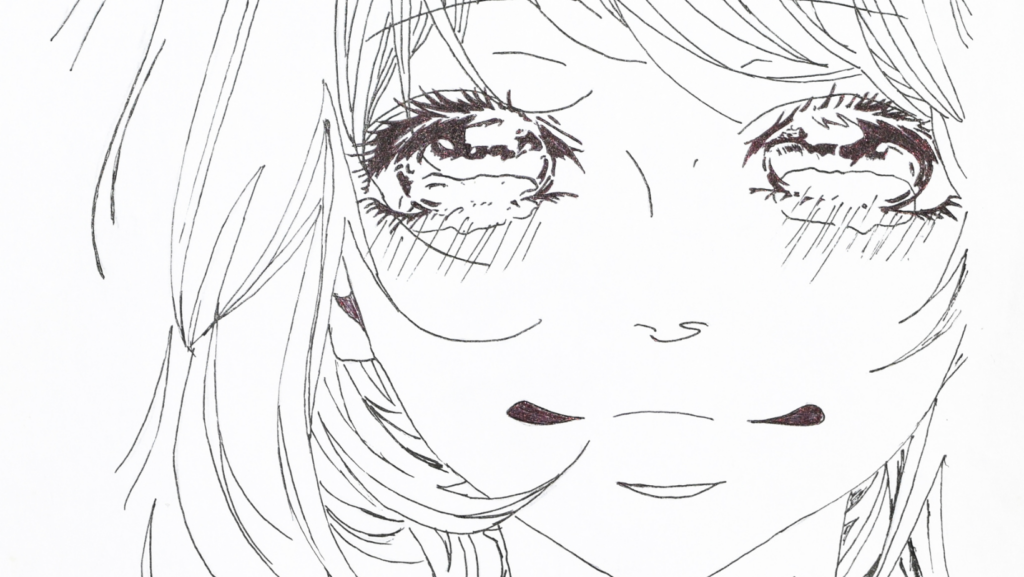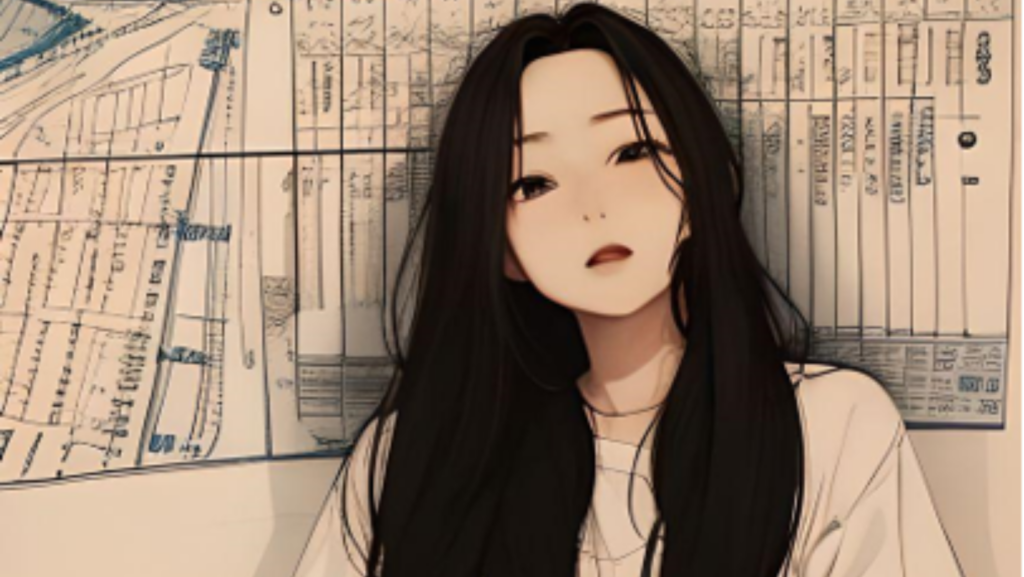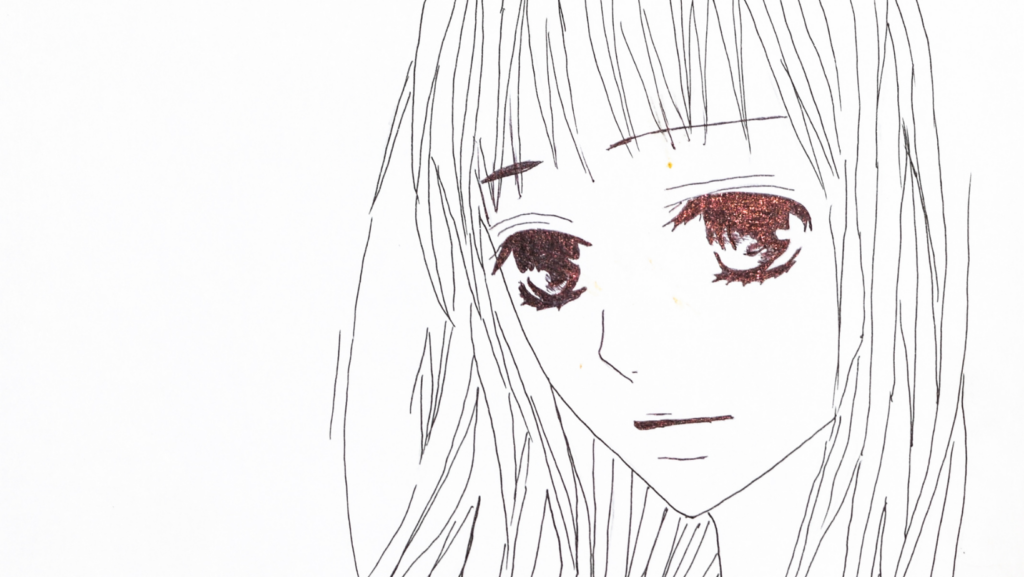
Anime, a vibrant world of colors, emotions, and artistic expression, has captured the hearts of millions worldwide. It’s more than just Japanese animation. Whether you’re a seasoned artist or a novice eager to learn, understanding anime drawing can open a new world of creativity.
Anime:qvfv1jcqrho= Drawing

The origins of anime art are entrenched in the early 20th century, when it saw its initial rise in Japan. It is commonly linked to the dawn of manga – Japanese comic books and graphic novels – during the year 1917. As a reference, the first commercial Japanese animation dates back to 1917, courtesy of renowned cartoonist and manga artist, Kitazawa Rakuten.
Prudent selection of drawing tools forms the basis of any anime artist’s arsenal. Consider tools such as pencils, erasers, and ink pens. For instance, graphite pencils, available in varying lead hardness, are used for sketching and shading. HB pencils often serve as a go-to choice for outlines due to the moderate darkness and hardness of the lead. B pencils, prove ideal for shading and filling in larger areas.
Importance of Quality Sketchbooks
Quality sketchbooks pose as a principal component in the toolkit of an aspiring anime artist. The preference often leans towards high-quality, acid-free paper sketchbooks. The longevity of these books is a major draw, ensuring sketches don’t yellow or degrade with time. Different types of sketchbooks, including hardbound or spiral, offer flexibility based on the artist’s requirements.
Drawing Basic Anime Face and Hair
 Start by drawing a circle for the head and denote facial features’ rough positions using straight lines. Line intersecting at the circle’s center horizontally dictates the position of the eyes, while the vertical one outlines the face’s center. Add a curved line a bit beneath the centerline for the nose, and further down for the mouth.
Start by drawing a circle for the head and denote facial features’ rough positions using straight lines. Line intersecting at the circle’s center horizontally dictates the position of the eyes, while the vertical one outlines the face’s center. Add a curved line a bit beneath the centerline for the nose, and further down for the mouth.
Draw the outline for the chin and jaw, tweaking its angles in line with the character’s gender; smooth for female characters, angular for males. Fill in the hair, remembering it’s a significant part of their personality. Sketch hair strands flowing away from the scalp’s central point, and maintain the voluminous, spiky, or sweeping hair trend synonymous with anime art.
Mastering Anime Eyes and Expressions
Start by sketching two large ovals along the eye line, ensuring the distance between them equals an eye’s width. Fill these ovals with circles for the iris and smaller shaded ones for pupils. Draw curved lines atop the eye for eyelashes, and below for lower lashes, keeping thickness and length basis the character’s gender.
Experiment with eye shapes and sizes, enhancing emotion’s depth and intensity. Being expressive is the anime art’s cornerstone; remember to adjust the pupil’s size and position and the eye’s overall shape for different expressions. Anime eyes are often oversized, with diversified shapes and intricate detailing around the irises, making them the focal point in the characters.
Common Mistakes and How to Avoid Them
Overly complex compositions pose a particular issue, with beginners habitually cluttering their drawings with multiple characters and intricate backgrounds. Simplifying your compositions, focusing on one character at a time, assists in refining your skills before moving onto larger scenes.
Online Communities and Forums

Digital landscapes keep changing, but the internet stays as a prime medium for anime artists to connect, learn, and share. Websites like DeviantArt and forums like Reddit offer a bustling environment for constructive criticism, fresh perspectives, and mentorship opportunities. They serve as vibrant hubs where beginners can seek advice, share their work, and discover new techniques to enhance their skill sets. Social media platforms, such as Instagram and Twitter, turn into artistic galleries, showcasing stellar anime art from around the globe.
Expressing Creativity
Anime drawing’s not just an art form – it’s a way of expressing one’s creativity and passion for Japanese animation. From its rich history to the intricate techniques involved, it’s an exciting journey of continual learning and improvement. Artists should leverage online platforms and communities to connect with fellow enthusiasts, gain inspiration, and showcase their work.


